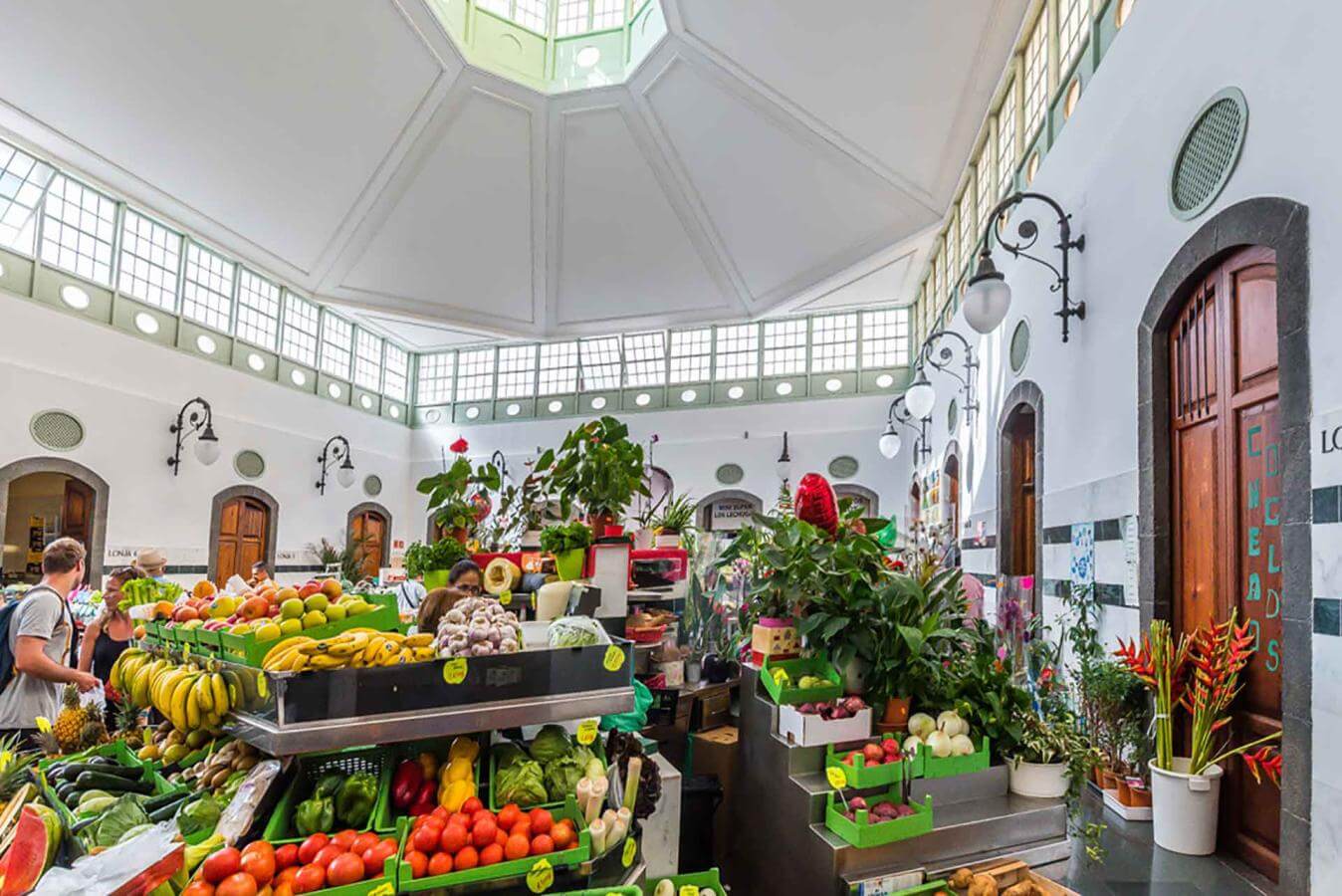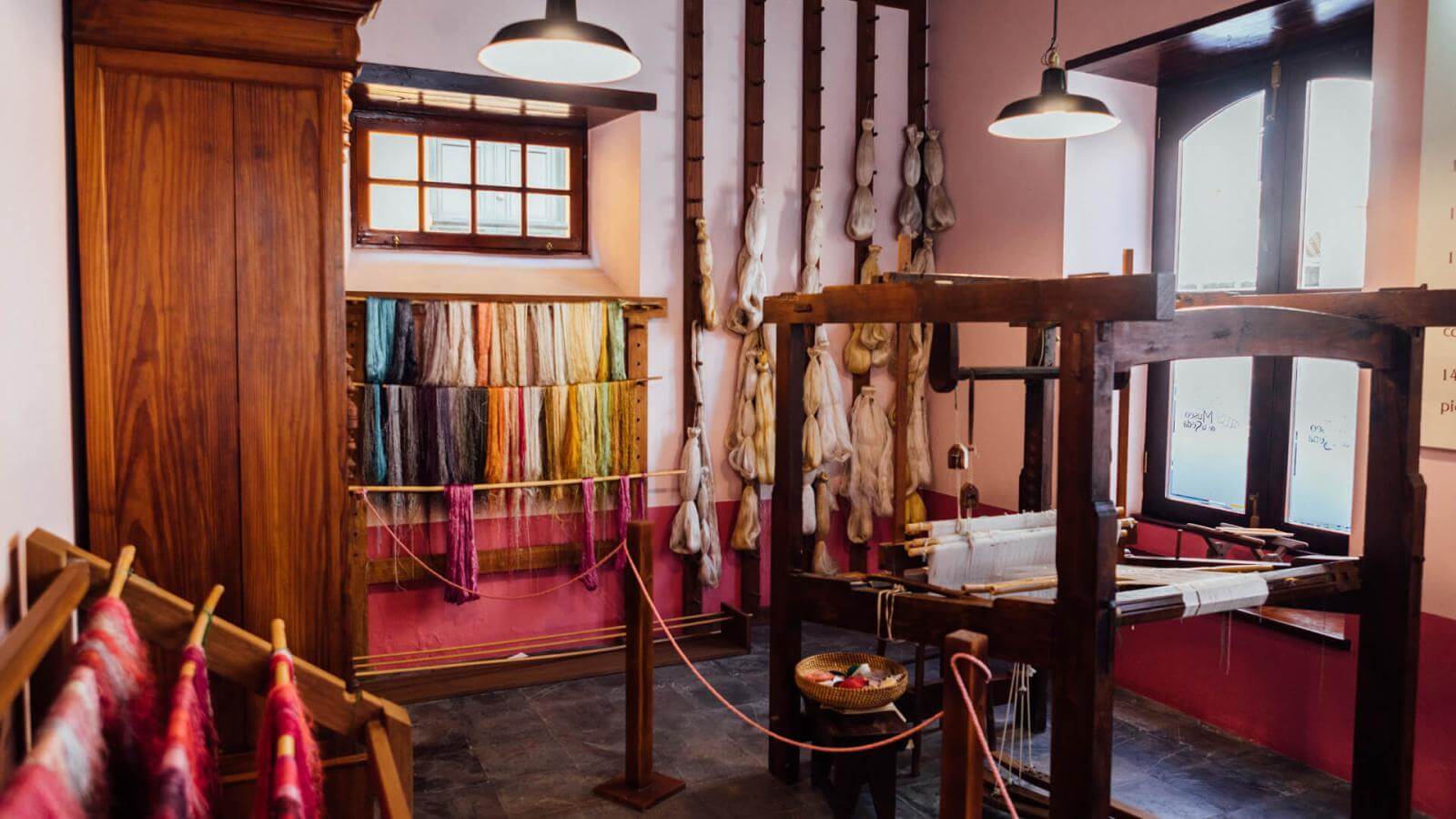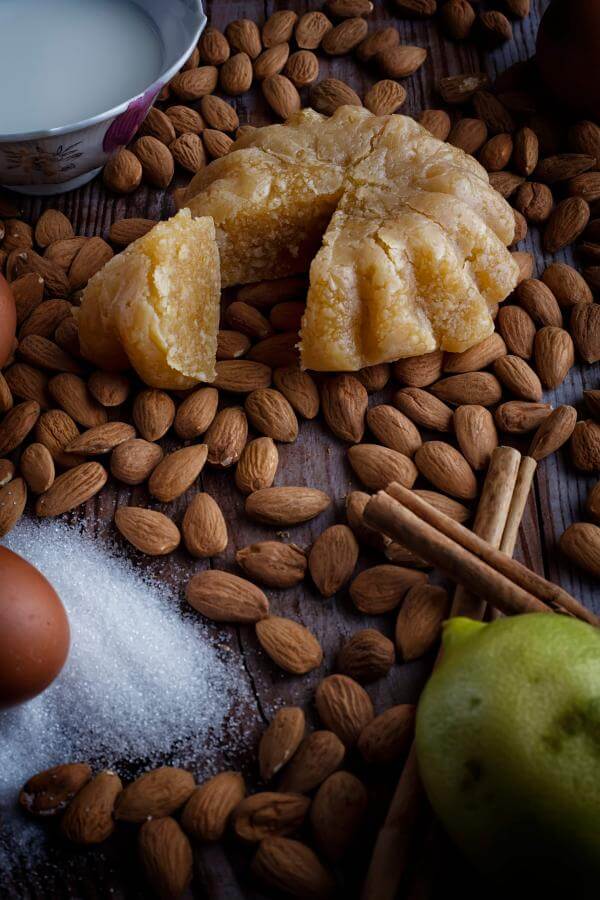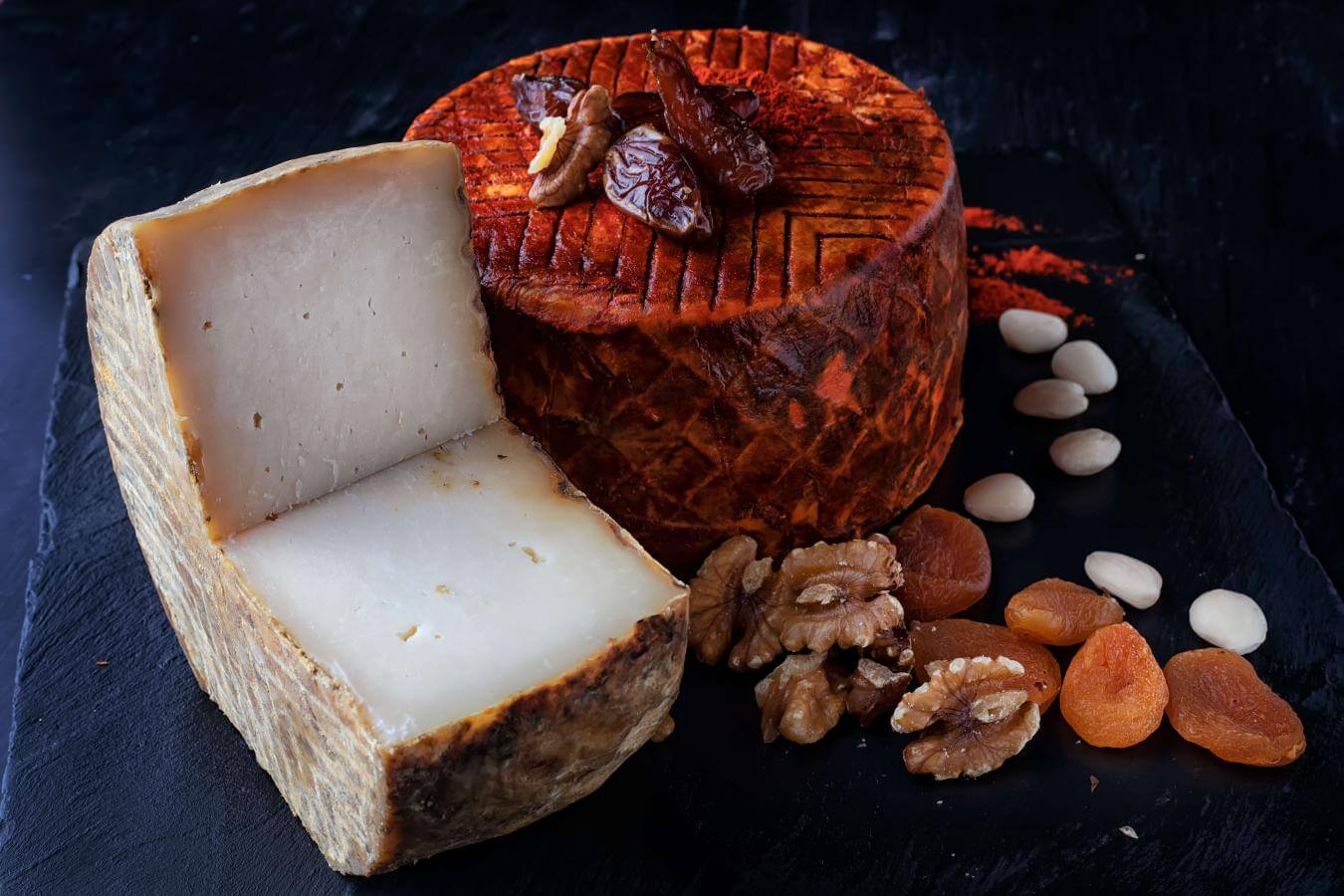The recipes of La Palma, from its desserts, to its stews and mojos, through wine or cheese, are made from the mixture of the traditional and the new contributions of contemporary recipes. There is a whole range of possibilities of taking their flavors with you in your suitcase.
Everyone who leaves the Isla Bonita has a better understanding of the lyrics of a well-known song on the island: "I would like to go back to La Palma..." You may not be able to return soon or for a long time, but you can take back souvenirs of a land that, above all and in addition to its nature (an island declared a Biosphere Reserve by UNESCO), has flavors and crafts that help to return to it despite the distance.
Kilometer 0 Agriculture and Craftsmanship: Farmers' Markets
In La Palma, the 0 Kilometer cultivation model has been implemented for decades. With it the farmers of the island have approached agroecology, which combines traditional knowledge of the countryside and modern science with the aim of creating an economically viable, sustainable and fair primary sector
In addition to fruit and vegetables from the island's farmer's markets, especially Puntagorda and La Recova (the Mercado de Abastos) in Santa Cruz de La Palma, you can also find handicrafts from La Palma. It is unique in the world not only because it creates clothes made of silk extracted from silkworms and elaborated on traditional looms, but also for its fine hand embroidery, its elaborate cigars or its elegant ceramics. There are also flea markets in El Paso, in Puntallana and in the Villa de Mazo; without forgetting the Aragual flea market.
At the Museo de La Seda, in El Paso, you can buy, fresh from the loom, scarves, handbags and even shoes. This place has centuries of tradition, as it was part of the Silk Road that went to and from China through Europe.












Traditional Foods: Cheese, Wine, Bienmesabe and Mojo Picon
La Palma cheeses are made mainly from goat's milk, but also from sheep that graze freely in the forests. Throughout La Palma you can find Kilometer 0 cheeses, as it was traditionally one of the main foodstuffs in La Palma households. Now, those on sale have the seal of quality and have won numerous awards at regional, national and international fairs.
The tasty almond desserts, such as the famous Bienmesabe or almendrados or almond cheese, causes the palate to travel back to La Palma. Also there are the wines, whose tradition of cultivation in volcanic soils began in the sixteenth century and has been revitalized today with reds and whites from island wineries, rich wines produced with art and dedication. Both the cheese and the wine are protected with Denomination of Origin.
In addition, there is the mojo de La Palma, made on the island with its own recipe, which gives it consistency and hot pepper to taste, sometimes very spicy. It is purchased in vacuum-packed form and increases the flavor, in addition to the traditional wrinkled potatoes of the Canary Islands, of any dish as a sauce, which is the sauce of life.
La Palma offers a wide range of local dishes and drinks with which to savor the nuances of an island bathed by the Atlantic Ocean and the green of its meadows, forests and protected natural areas. All are part of the Saborea La Palma brand, a symbol of the gastronomic quality of the destination.


